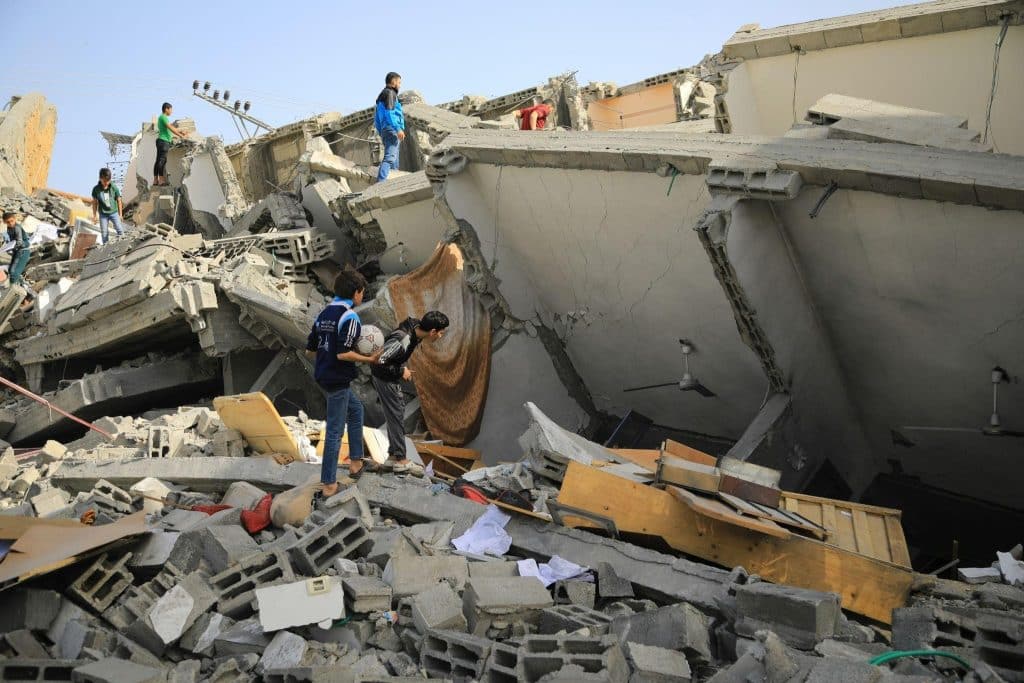When planning a house, we always consider security and safety, especially an earthquake-proof home. We do not have control over natural phenomena, but choosing and starting right in building your future home means so much.
Earthquake-proof homes today combine security with modern style, so you can be safe and stylish at the same time.
Here are the things you must know when preparing for a natural disaster.
Why Earthquake-Proofing is Important?
Earthquakes happen suddenly. You can’t dictate when they will occur, but you can dictate how ready your house is. Conventionally built houses might not survive intense shakes. Cracks, fallen walls, and damaged foundations are the next things to happen. But earthquake-resistant houses are different, for they’re designed to bend rather than break.
Important Features of an Earthquake-Proof Home
Here are intelligent solutions that ensure your home remains standing even if the ground beneath it is shaking:
Flexible Foundation
Earthquake-resistant houses tend to incorporate a base isolation system. That is, your house rests on shock-absorbing flexible pads. Rather than passing ground movement to the building, the pads cut the force.
Strong Structural Frame
Steel and reinforced concrete frames provide flexibility and strength. They do not snap during a quake because they bend slightly. It’s like providing your home with joints, it can “wiggle” rather than break.
Lightweight Materials
The lighter your house materials are, the less stress when experiencing an earthquake. Light roofs, panel walls, and floors put less pressure on the building when it begins shaking.
Reinforced Walls and Foundations
An important action is the installation of carbon fiber retrofitting on older walls and beams. This new technology reinforces the existing material without necessitating a complete rebuild.
Modern Design Doesn’t Mean Less Safety
It’s a myth that earthquake-proof houses are unattractive or industrial-looking. These days, architects marry design and engineering so gracefully that you might not even realize the house is designed for seismic safety.
Don’t Neglect the Details: Waterproofing and Retrofitting
A concealed but essential element of earthquake safety is managing moisture. Shaking-produced cracks admit water. With time, this dampens foundations. That’s why integral waterproofing matters. It insulates your building from water damage, even if tiny cracks occur.
Similarly, if you’re renovating an older house, carbon fiber retrofitting provides a non-penetrating method of fortifying walls and beams without altering your home’s design.
Professional Assistance Makes the Difference
You don’t need to figure all this out on your own. Employ licensed architects and engineers who are design specialists in earthquake readiness. They are familiar with your site, soils, and local building codes. Most importantly, they know how to maximize modern design using life-saving features.
Hiring a professional can secure your investments and safety. Do not hesitate to consult and work with them because they will save a lot in your future expenses.
Wrapping Up
Accept nothing but traditional design or shaky construction. With the technology and knowledge we have today, you can be safe and stylish in one shining new home. Earthquake-proofing is not an option; it’s a responsibility. When the ground does shake, your home must stand strong without giving up beauty.

Markmalte is an experienced writer for The Celebrity Niche, specializing in celebrity stories. With a keen eye for detail, he brings the latest updates on celebrity relationships, biographies, and news to his readers.







